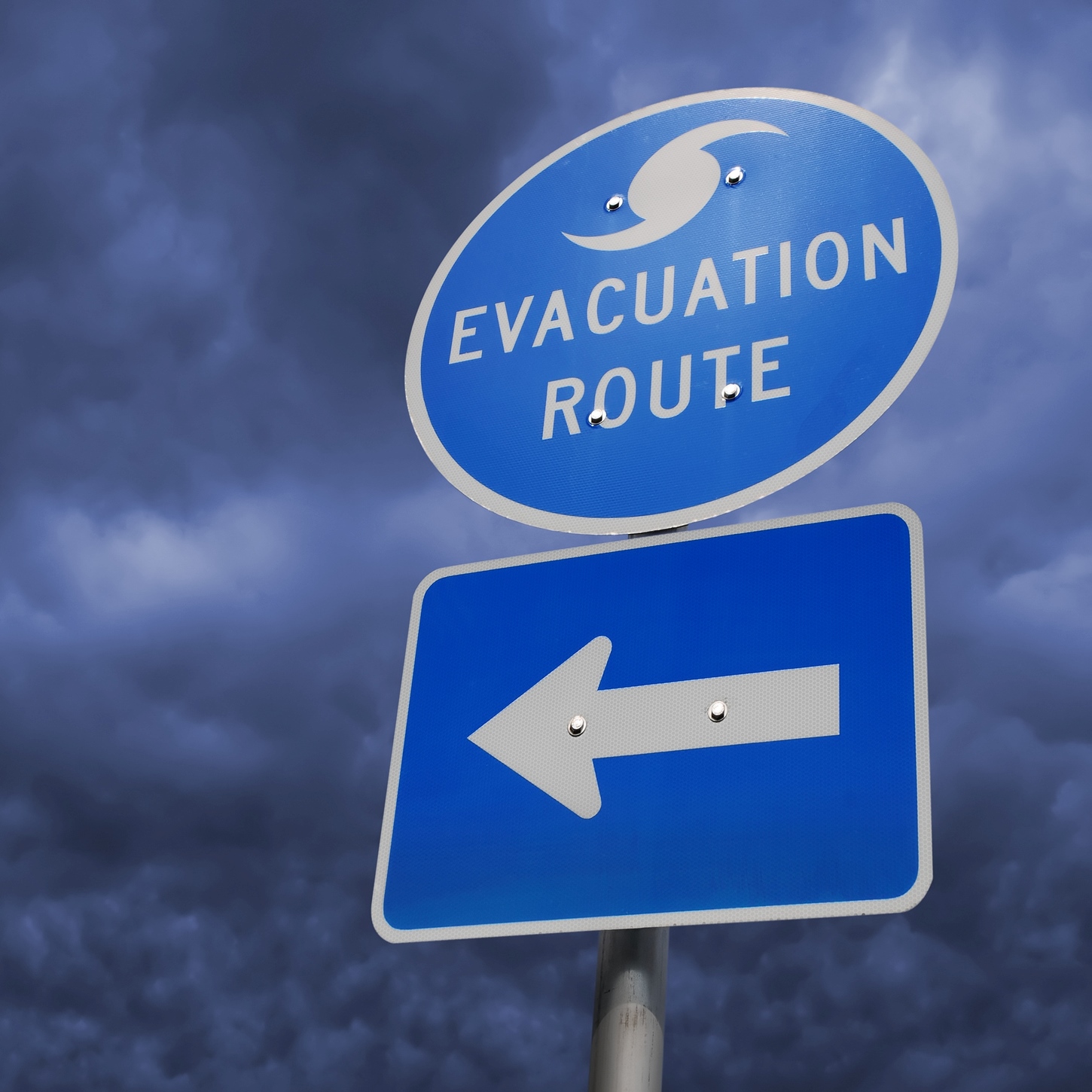Economy
Why 2018 Looks Like Another Strong Hurricane Season Is Coming

Published:
Last Updated:

After a 2017 hurricane season affected too many communities to easily count, it’s time to look forward to what the 2018 hurricane season will bring. According to the Colorado State University (CSU) preseason predictions, the research group is calling for the 2018 Atlantic basin hurricane season from June 1 to November 30 to have slightly above-average activity.
While active hurricane seasons do not have to include landfall, the CSU team anticipates a slightly above-average probability for major hurricanes making landfall along the continental United States coastline and in the Caribbean.
It is important to consider the history of the CSU outlook before putting vast faith in the outlook. The early-April forecast is the earliest seasonal forecast issued and is said to historically “have only a modest long-term skill when evaluated in hindcast mode.” The forecast updates are said to increases as the peak of the Atlantic hurricane season approaches.
This was the 35th annual CSU preseason prediction. For a reference back to the 2017 outlook, the CSU said on April 6, 2017:
We anticipate that the 2017 Atlantic basin hurricane season will have slightly below-average activity. The current neutral ENSO is likely to transition to either weak or moderate El Niño conditions by the peak of the Atlantic hurricane season. The tropical Atlantic has anomalously cooled over the past month and the far North Atlantic is relatively cold, potentially indicative of a negative phase of the Atlantic Multi-Decadal Oscillation. We anticipate a below-average probability for major hurricanes making landfall along the United States coastline and in the Caribbean.
It turns out that the 2017 season was rather active and deadly after a slow start and against the CSU original forecast. The April 6, 2017, CSU prediction called for 11 named storms, four hurricanes and two major hurricanes. However, last year’s hurricane season actually had 17 named storms, with 10 of those being hurricanes. Six of the 10 hurricanes ended up being major hurricanes.
And there are anomalies that are at work as well. According to its April 5 outlook, the CSU team said:
The current weak La Niña event appears likely to transition to neutral ENSO over the next several months, but at this point, we do not anticipate a significant El Niño event this summer/fall. The western tropical Atlantic is anomalously warm right now, while portions of the eastern tropical Atlantic and far North Atlantic are anomalously cool. Consequently, our Atlantic Multi-decadal Oscillation index is near its long-term average.
Here is the forecast for 2018, compared to a median forecast parameter basis from 1981 to 2010:
CSU also put the accumulated cyclone energy at 130, compared to a 92 median level, and sees the net tropical cyclone activity at 135, above the 103 median level.
The probabilities for at least one major hurricane (Category 3, 4 or 5) making landfall for each of the coastal areas were shown as follows:
As a reminder, whether or not it’s an active season, a hurricane of any strength hitting your area will feel like an active season, even if it didn’t impact anyone else. The hurricane season of 2017 was bad enough, and it was originally expected to be slightly below-average. Now CSU is calling for the hurricane season’s initial view to be slightly above-average.
Are you ahead, or behind on retirement? For families with more than $500,000 saved for retirement, finding a financial advisor who puts your interest first can be the difference, and today it’s easier than ever. SmartAsset’s free tool matches you with up to three fiduciary financial advisors who serve your area in minutes. Each advisor has been carefully vetted and must act in your best interests. Start your search now.
If you’ve saved and built a substantial nest egg for you and your family, don’t delay; get started right here and help your retirement dreams become a retirement reality.
Thank you for reading! Have some feedback for us?
Contact the 24/7 Wall St. editorial team.